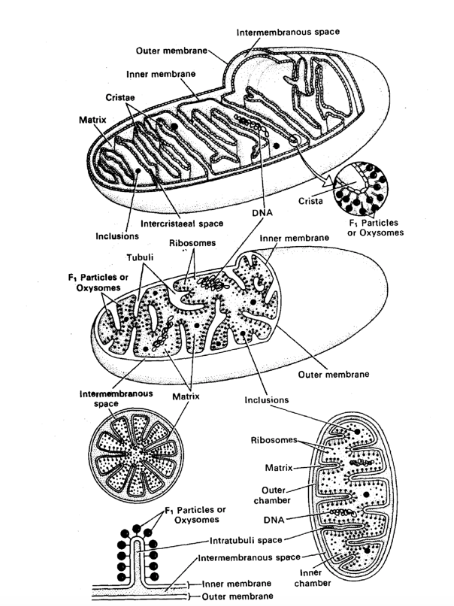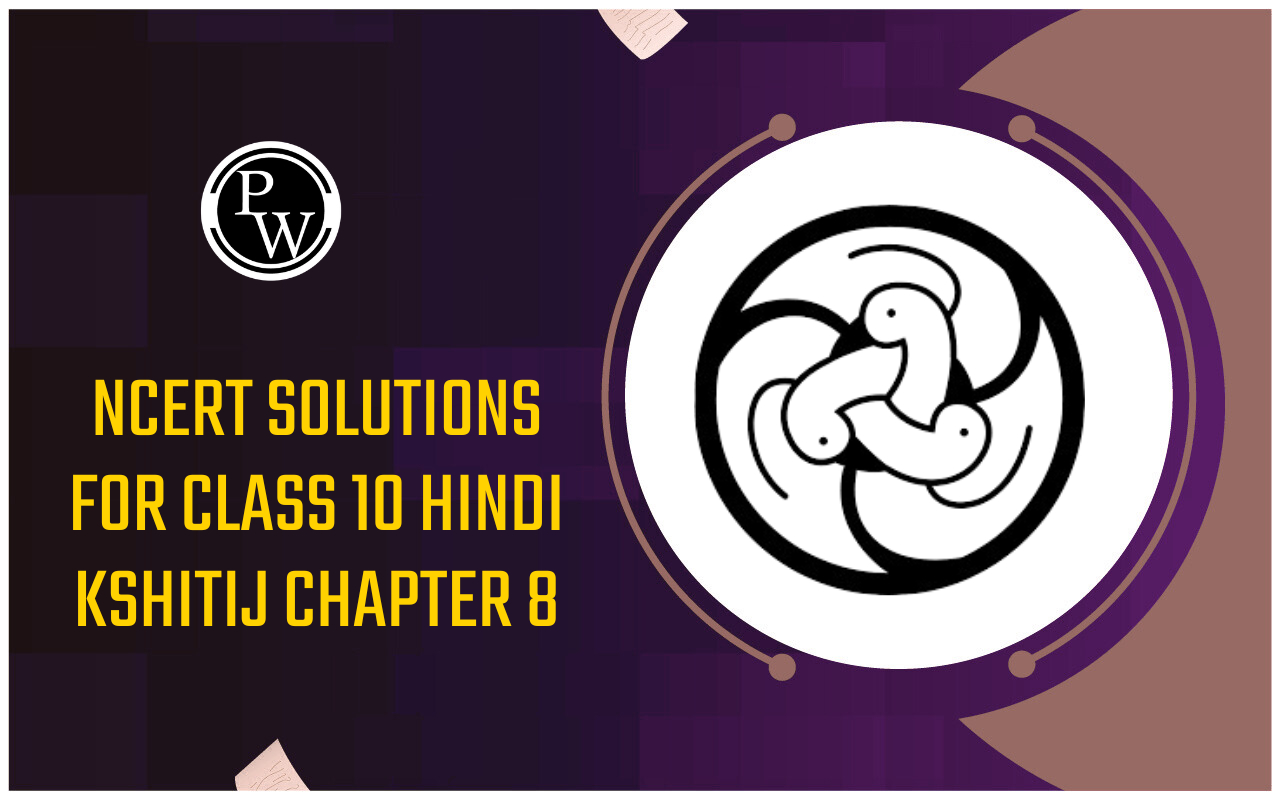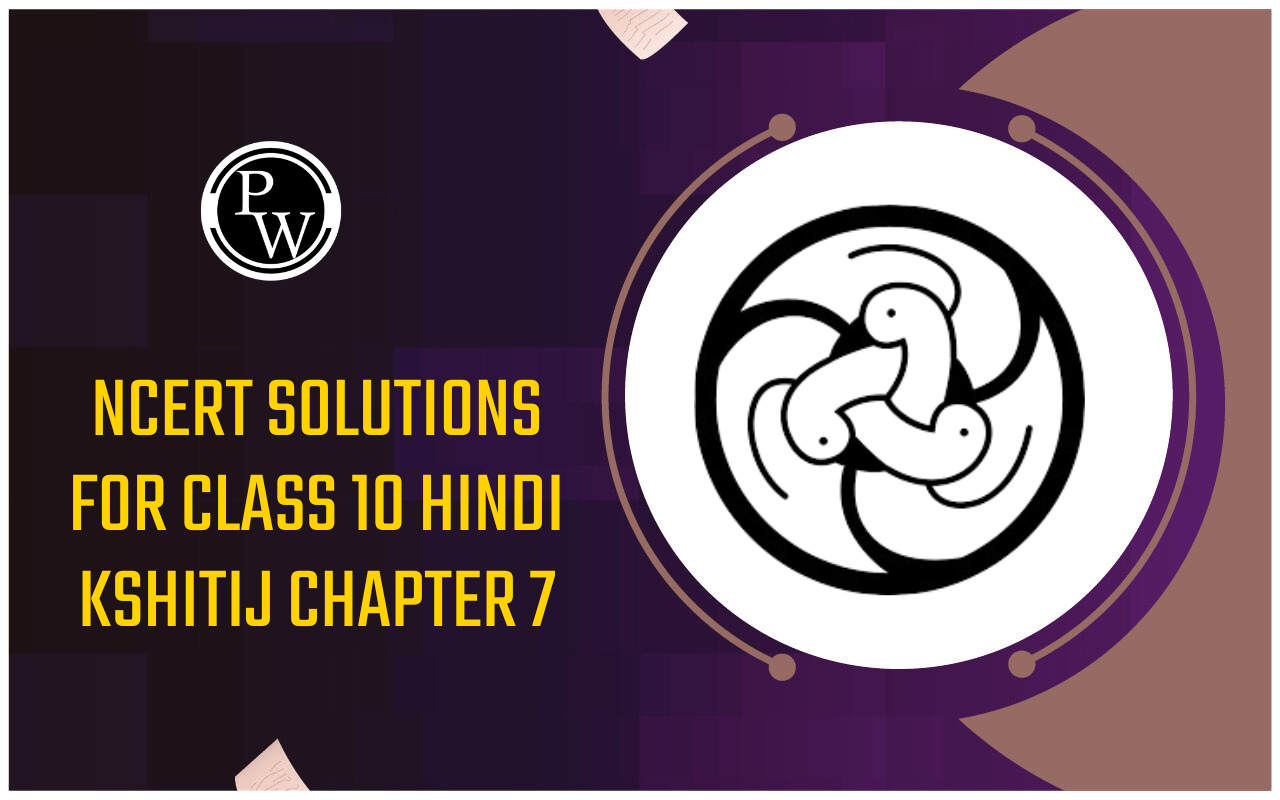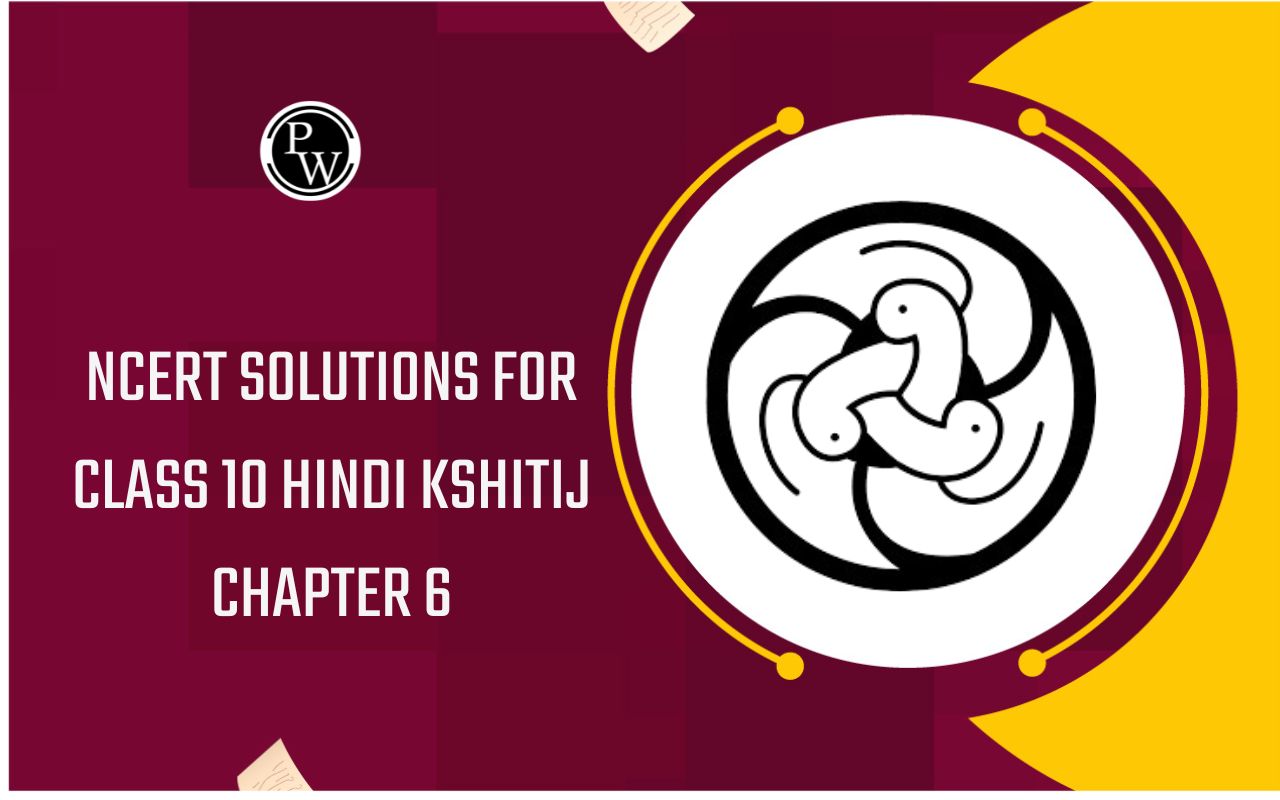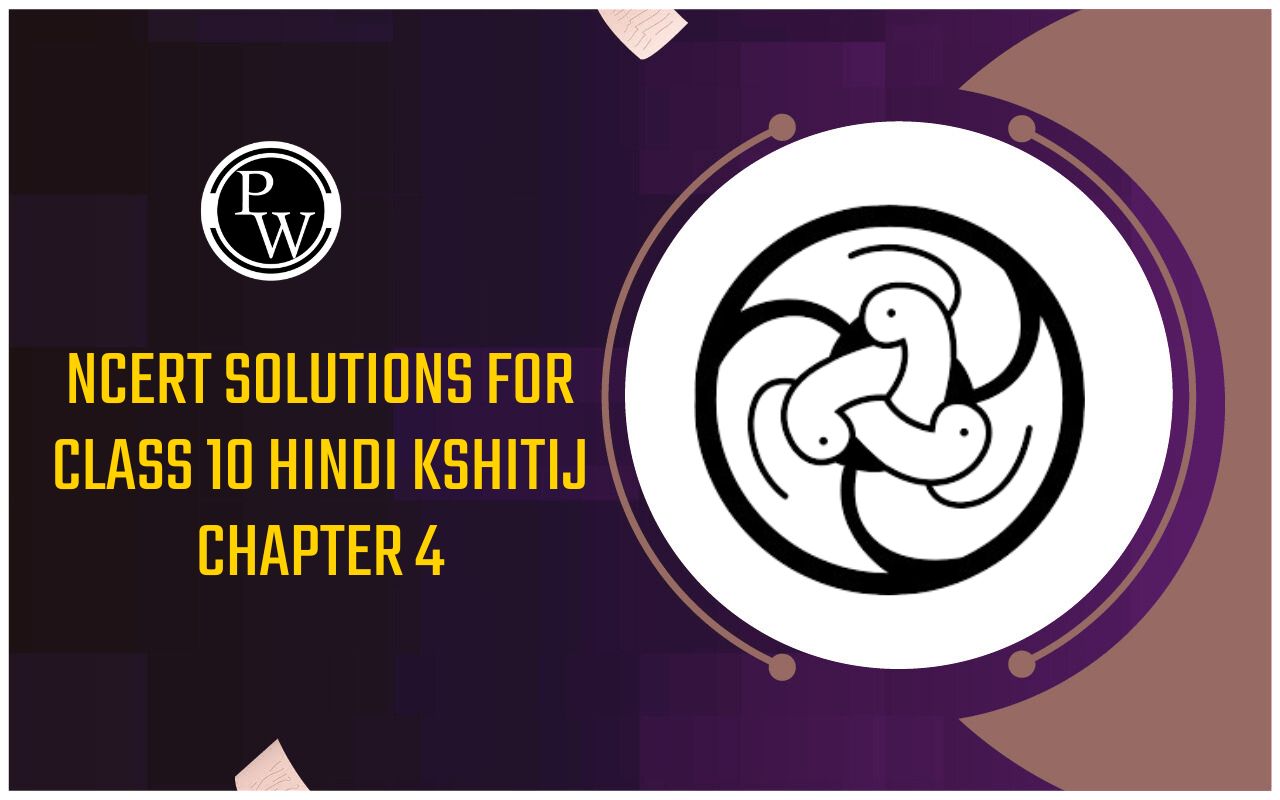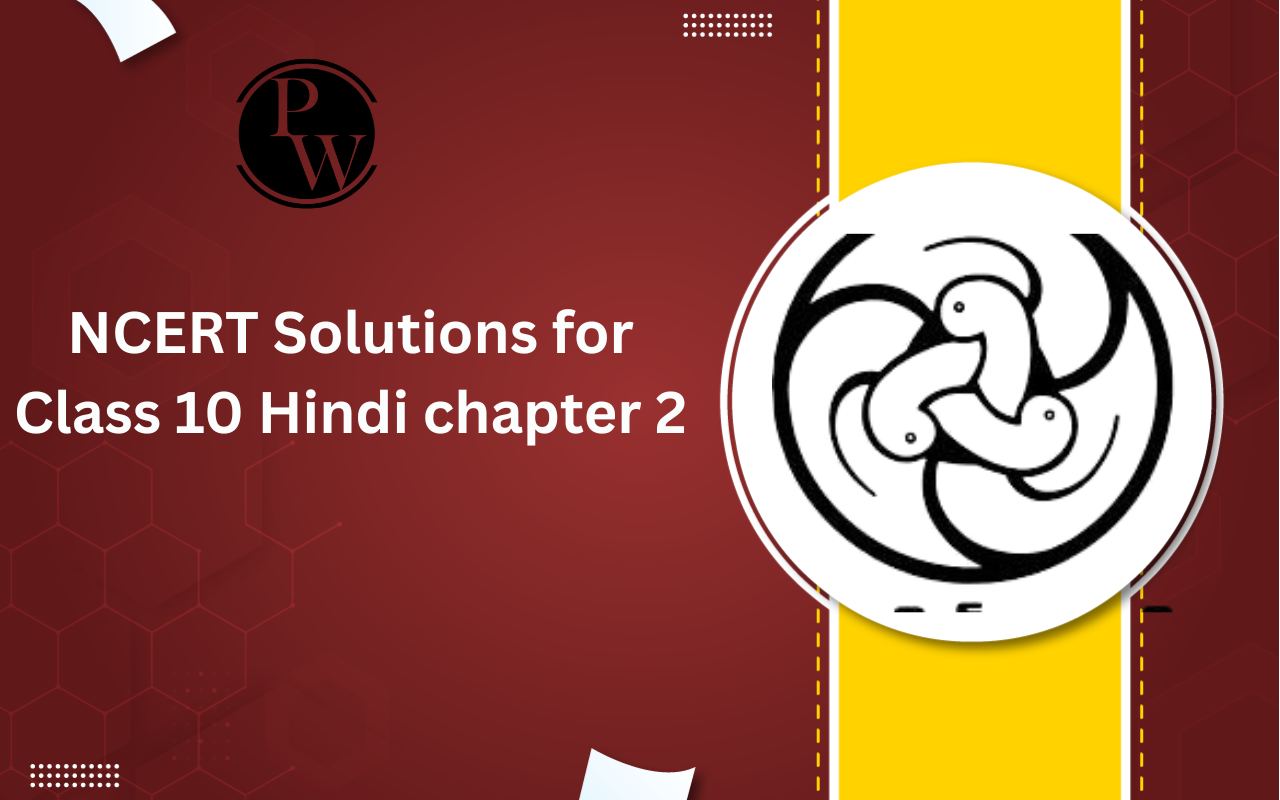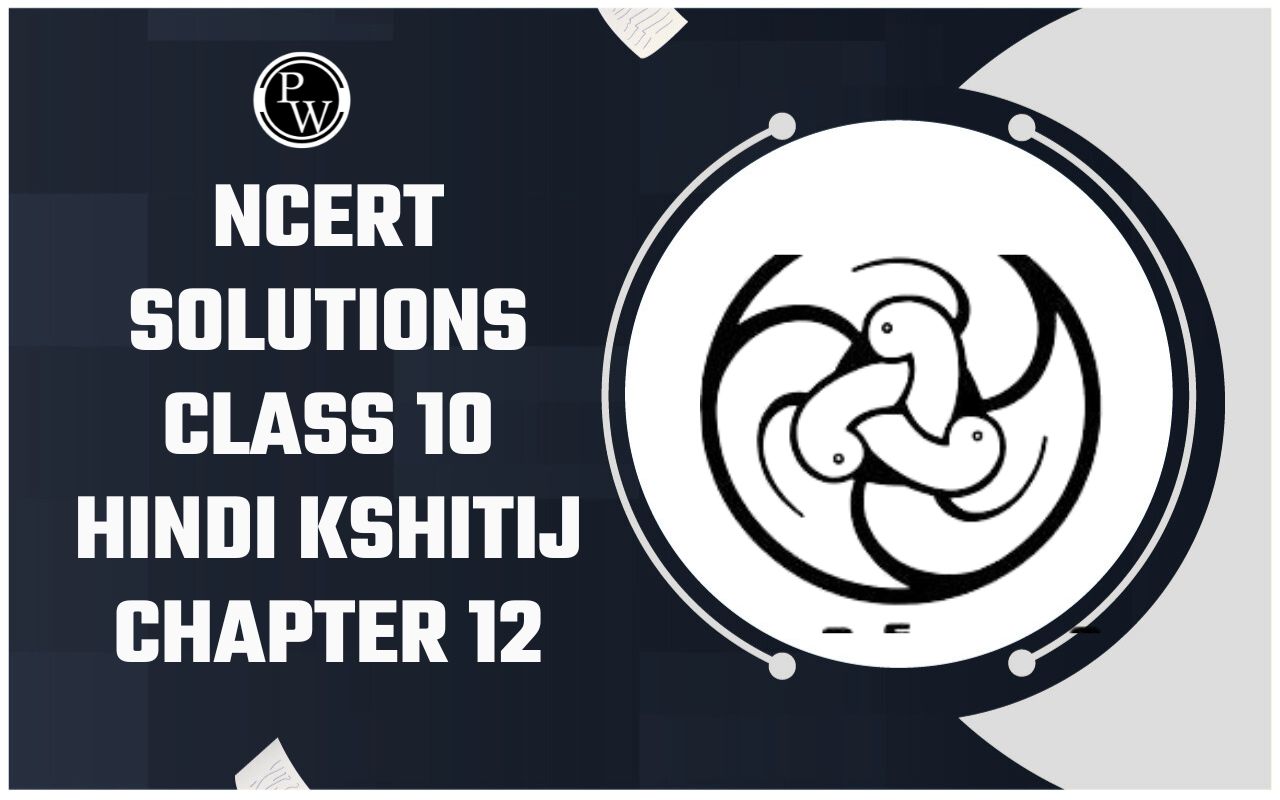
Mitochondria
Aug 09, 2022, 16:45 IST
About Mitochondria
Mitochondria are small granular or filamentous bodies associated with cellular respiration. Kolliker [1850] first observed mitochondria as granular structure in muscles of insect, Flemming [1882] named them fila, Altmann (1894) gave the name bioplast, but the name mitochondria was coined by Benda (1897). Michaelis (1900) used the dye Janus green B as a vital stain for Mitochondria. Kinsbury (1912) suggested that these are the sites of cellular respiration. Nass (1963) proved the presence of DNA molecule in it. Claude (1944) separated these organelles by ultra centrifugation. They are found in eukaryotic cells and absent in mature RBCs, Prokaryotic cells and anaerobic cells.The average length of the mitochondrion is 3-4 úm and the average diameter is 0.5 to 1.0 úm. These are second largest organelle (after nucleus) in animal cell and third largest in green plant cells (after nucleus and chloroplasts). Shape of mitochondria is variable but they are generally granular or filamentous.The number of mitochondria also varies in different types of cells. Usually there are few to > 1000 mitochondria in a cell, but egg of sea urchin may has 1.5 lacs and oocytes of amphibian may have about 3 lacs mitochondria. Some algal cell may contain only one mitochondrion . Cell, with high metabolic activity have a high number of mitochondria while cells with lower metabolic activity have a lower number.
Chemical composition of Mitochondria
Proteins: 60-70%, Lipids 25-35%, RNA 5-7%, DNA in small quantity, Minerals Traces and Granules.
Structure of Mitochondria
Mitochondria are double membrane bound structure. The outer and inner mitochondrial membranes are separated by a narrow peri mitochondrial space of 6-8 nm. It is filled with a watery fluid, while the space bounded by the inner membrane is filled with a fluid called matrix.
The side of the inner membrane facing the matrix is called M-side while the side facing outer chamber is called the C-side.
Matrix contains dense granules, enzymes, ribosomes, t-RNA, m-RNA and mitochondrial DNA. The granules consist of insoluble inorganic salts like Mg++ and Ca++.
Outer membrane is permeable to various metabolites due to presence of protein channels called porins.
Inner membrane is permeable to few metabolites and rich in phospholipids called cardiolipin. This makes the membrane impermeable to ions.
The inner membrane has high concentration of proteins and low lipids than that of the outer membrane.
The inner membrane is thrown up a series of folds called cristae towards matrix. The structure of cristae is variable. They are tubular in plant cell, plate like in animal cells and vesicle like in Euglena.
Phosphatidyl choline is the predominant lipid of the outer membrane. The inner membrane on the other hand contains most of the diphosphatidyl glycerol or cardiolipin.
The number of cristae is directly proportionate to the oxidative activity of mitochondria.
Inner membrane has oxysome or elementary particle and series of electron transport chains – flavoprotein, FeS, CoQ, Cyt b, Cyt C1, Cyt C, Cyt a, & Cyt a3 and enzymes.
Oxysomes are small tennis racket shaped particles 104 to 105 in number. It has base of about 11 nm long and 1.5 nm in thickness, stalk about 5 nm long and 3.5 nm broad and a head of about 8.5 nm in diameter.
Important lipids of inner and outer membranes (in %)
Lipid Outer membrane Inner membrane
Phosphatidylinositol . 13.5 4.2
Phosphatidylcholine 55.2 45.2
Phosphetidylethanolamine 25.3 . 27
Cardiolipin . 3.2 21.5
Other 2.8 2.1
According to old concept each elementary particle contains all the enzymes for electron transport and oxidative phophorylation. Each particle was believed to consist of four complexes. Complex I & II in the base piece, complex-III in the stalk and complex-IV in the head piece.First four complexes are embedded within the inner mitochondrial membrane while complex V is present in head piece (F1) of oxysome.Mitochondria are semi autonomous bodies and can produce some proteins by their own.
Functions of Mitochondria
Pyruvic acid is converted into acetyl coA with the help of enzyme present in peri mitochondrial space.
Acetyl coA enters into the matrix and become the part of Kreb’s cycle.
Mitochondria are called as power house of the cell because ATPs are produced during the process of oxidative phosphorylation.
Enzymes which control synthesis of lecithin and phosphatidyl ethanolamine from fatty acids, glycerol and nitrogenous bases are present in mitochondria.
Mammalian mitochondria have enzyme that carryout elongation of fatty acid by adding acetyl coA, by this method myristate is elongated to form palmitate and palmitate is elongated to form stearate etc.
Mitochondria also provide intermediate for the formation of chlorophyll, cytochromes, pyrimidine, steroids, alkaloids etc.
Very actively working mitochondria are called as in condensed state while slowly working are called as in orthodox state.
